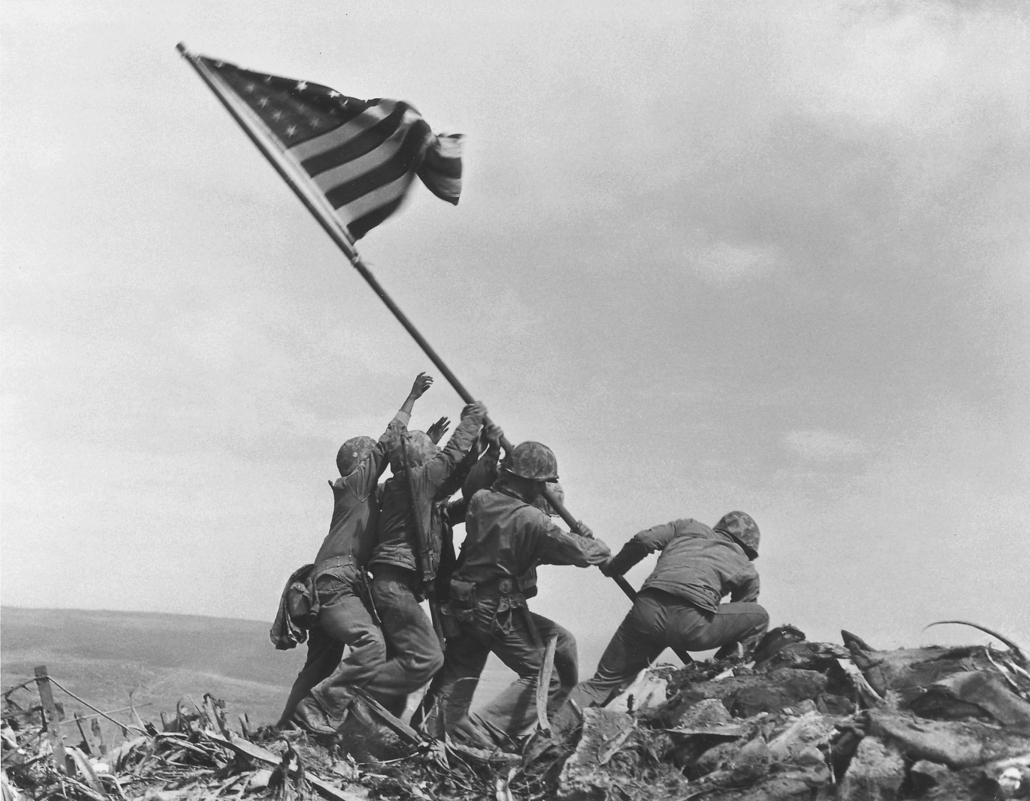What is the definition of an iconic image?
An iconic image is a photograph, artwork, or visual representation that has become widely recognized and holds significant cultural, historical, or symbolic value. It is an image that transcends its original context and resonates with people across time and cultures. Here are some defining characteristics of iconic images:
1. Cultural Impact: Iconic images have a profound influence on society, shaping popular culture, social movements, or historical narratives. They often capture significant moments, symbolize key events, or represent iconic figures that have left a lasting impact on collective memory.
2. Symbolism and Universality: Iconic images possess a symbolic power that goes beyond their literal representation. They encapsulate broader concepts, emotions, or ideas, making them universally relatable. These images can communicate a message or evoke strong emotions, even for those who may not be familiar with their specific context.
3. Endurance and Timelessness: Iconic images withstand the test of time, remaining relevant and resonant across generations. They continue to captivate and engage viewers, transcending the boundaries of their original creation and enduring as cultural touchstones.
4. Visual Excellence: Iconic images often exhibit exceptional aesthetic qualities, such as composition, lighting, or visual impact. They possess a captivating visual appeal that draws viewers in and enhances their impact and memorability.
5. Recognizability: Iconic images are instantly recognizable, even outside their original context. They have become embedded in our collective visual consciousness, whether through widespread dissemination, repeated exposure, or their association with significant events or figures.
6. Influence and Imitation: Iconic images inspire and influence subsequent generations of artists, photographers, and creators. They become reference points for visual storytelling and can spawn countless adaptations, parodies, or homages, further solidifying their status as icons.
Overall, an iconic image is a visual representation that transcends its initial purpose, becoming a potent symbol that resonates with people on a cultural, emotional, or historical level. It possesses enduring influence, universality, and recognizability, making it an indelible part of our visual heritage.
An iconic image refers to a highly recognizable and widely known visual representation that has become synonymous with a particular person, event, place, or concept. These images often hold significant cultural, historical, or symbolic meaning and have a lasting impact on society. Iconic images have the ability to transcend time, language, and cultural barriers, leaving a lasting impression on people’s collective memory.
Examples of iconic images include:
- The Mona Lisa: Leonardo da Vinci’s painting of the enigmatic woman is one of the most famous and iconic images in the world of art. Its mysterious smile and the masterful technique of the artwork have made it instantly recognizable and revered.

- The American Flag Raising at Iwo Jima: This photograph captured by Joe Rosenthal during World War II depicts U.S. Marines raising the American flag on Mount Suribachi. It has become a symbol of American patriotism, bravery, and the sacrifices made by military personnel.

- The Eiffel Tower: The distinctive wrought-iron lattice tower located in Paris, France, has become an enduring symbol of the city and a representation of French culture and elegance. It is recognized worldwide as an iconic image of architectural achievement.

- The Beatles’ Abbey Road Album Cover: The photograph of the four members of The Beatles walking across the zebra crossing in London on the Abbey Road street has become an iconic image representing the band’s musical legacy and the 1960s counterculture.

- The Earthrise: This photograph taken by astronaut William Anders during the Apollo 8 mission in 1968 shows the Earth partially illuminated by sunlight while rising above the lunar horizon. It has become an iconic image representing the fragility and interconnectedness of our planet.
These examples illustrate how iconic images can evoke strong emotions, convey powerful messages, and become enduring symbols that transcend their original context to become universally recognized and appreciated.
